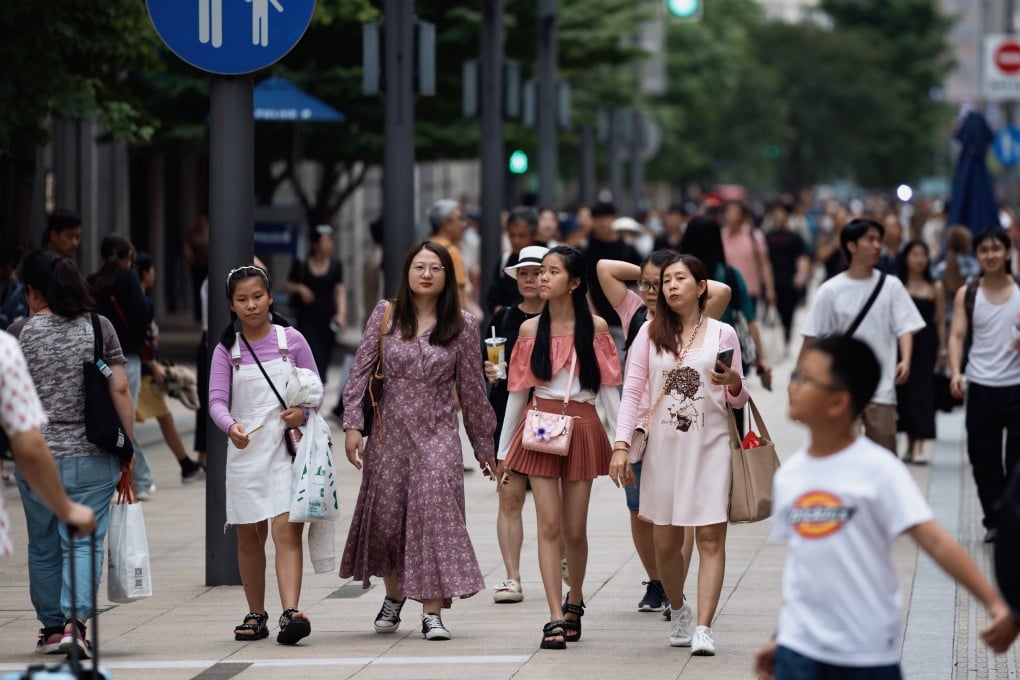Advertisement
Explainer | Warning sign for China’s economic growth? 4 takeaways from May’s PMI data
- China’s official purchasing managers’ indices (PMI) fell in May, with manufacturing gauge falling into contraction while Caixin/S&P Global indices rose
Reading Time:3 minutes
Why you can trust SCMP
0

If you would like to see more of our reporting, please consider subscribing.
1. Impact of new US tariffs already being felt?
China’s official manufacturing purchasing managers’ index (PMI) fell below expectations to a three-month low of 49.5 in May, down from April’s reading of 50.4.
“This was largely driven by a decline in the output component, though new orders and export orders also softened. The latter may point to near-term declines in exports, but it is more likely to reflect sentiment effects due to [US President Joe] Biden’s new tariffs,” said analysts at Capital Economics.
Last month, the US proposed import-tariffs increases on Chinese goods, including semiconductors, electric vehicles, steel and batteries.
Within the official manufacturing PMI, the new export order subindex fell to 47.2 in May from 50.6 in April.
“[The reading] was disappointing after the recent strength of industrial activity data. The PMI came in notably weaker than both the market and our forecasts, which expected an uptick,” said Lynn Song, chief economist for Greater China at ING.
Advertisement